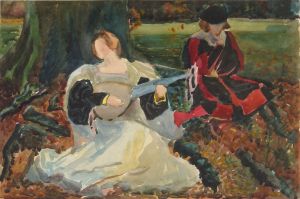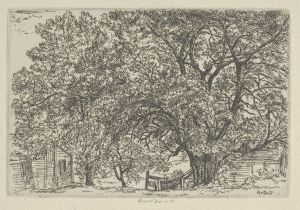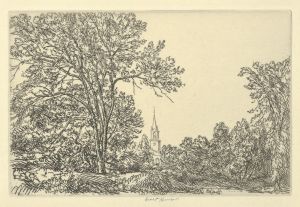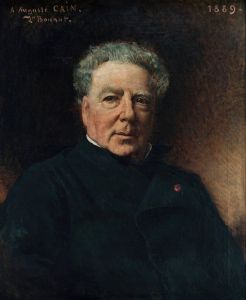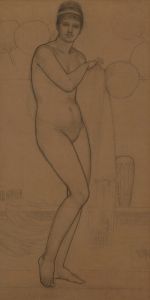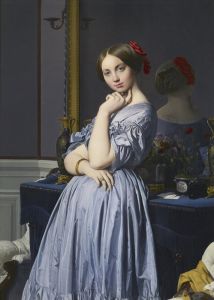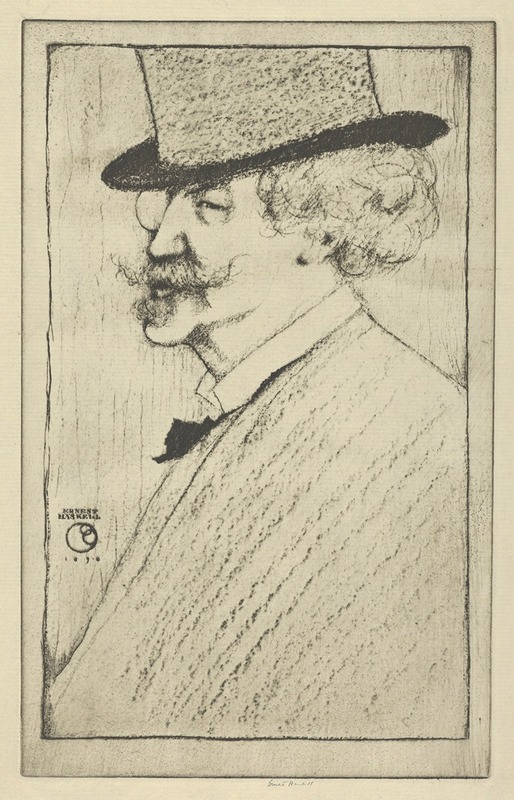
Portrait of Whistler
A hand-painted replica of Ernest Haskell’s masterpiece Portrait of Whistler, meticulously crafted by professional artists to capture the true essence of the original. Each piece is created with museum-quality canvas and rare mineral pigments, carefully painted by experienced artists with delicate brushstrokes and rich, layered colors to perfectly recreate the texture of the original artwork. Unlike machine-printed reproductions, this hand-painted version brings the painting to life, infused with the artist’s emotions and skill in every stroke. Whether for personal collection or home decoration, it instantly elevates the artistic atmosphere of any space.
Ernest Haskell was an American artist known for his work in etching, illustration, and painting. One of his notable works is the "Portrait of Whistler," which depicts the famous American-born, British-based artist James McNeill Whistler. Whistler was a prominent figure in the art world during the late 19th and early 20th centuries, known for his paintings, etchings, and the development of the tonalism movement.
The "Portrait of Whistler" by Ernest Haskell captures the essence of Whistler's distinctive personality and artistic style. Haskell, who was active during the late 19th and early 20th centuries, was known for his detailed and expressive portraiture. His ability to convey the character and presence of his subjects is evident in this particular work. The portrait is an etching, a medium that both Haskell and Whistler were highly skilled in, and it reflects the intricate line work and attention to detail that are characteristic of Haskell's style.
James McNeill Whistler, the subject of the portrait, was an influential artist whose work spanned various media, including painting, etching, and lithography. He is best known for his painting "Arrangement in Grey and Black No. 1," commonly referred to as "Whistler's Mother." Whistler's approach to art was innovative for his time, emphasizing mood and atmosphere over detailed representation. His work often featured subdued color palettes and a focus on harmony and balance, principles that were central to the aesthetic movement.
Ernest Haskell's portrait of Whistler likely reflects the mutual respect and admiration between the two artists. Haskell, who was born in Connecticut in 1876, studied art in New York and Paris, where he was exposed to the works of European masters and contemporary artists. His time in Paris would have coincided with Whistler's prominence in the European art scene, and it is possible that Haskell was influenced by Whistler's techniques and artistic philosophy.
The portrait itself is a testament to Haskell's skill as an etcher. Etching, a printmaking technique that involves incising a design onto a metal plate with acid, allows for fine lines and detailed textures, which Haskell used to great effect in his depiction of Whistler. The portrait captures Whistler's distinctive features and conveys a sense of his enigmatic personality, which was often described as both charming and controversial.
While specific details about the creation and exhibition history of "Portrait of Whistler" by Ernest Haskell are limited, the work remains an important example of early 20th-century American portraiture. It highlights the connections between artists of the period and the ways in which they influenced and inspired one another. Haskell's ability to capture the likeness and spirit of his subjects ensures that his work continues to be appreciated by art historians and enthusiasts alike.
In summary, the "Portrait of Whistler" by Ernest Haskell is a significant work that reflects the intersection of two notable artists' careers. Through his expert use of etching, Haskell was able to create a compelling image of James McNeill Whistler, capturing the essence of a man whose contributions to art continue to be celebrated today.





